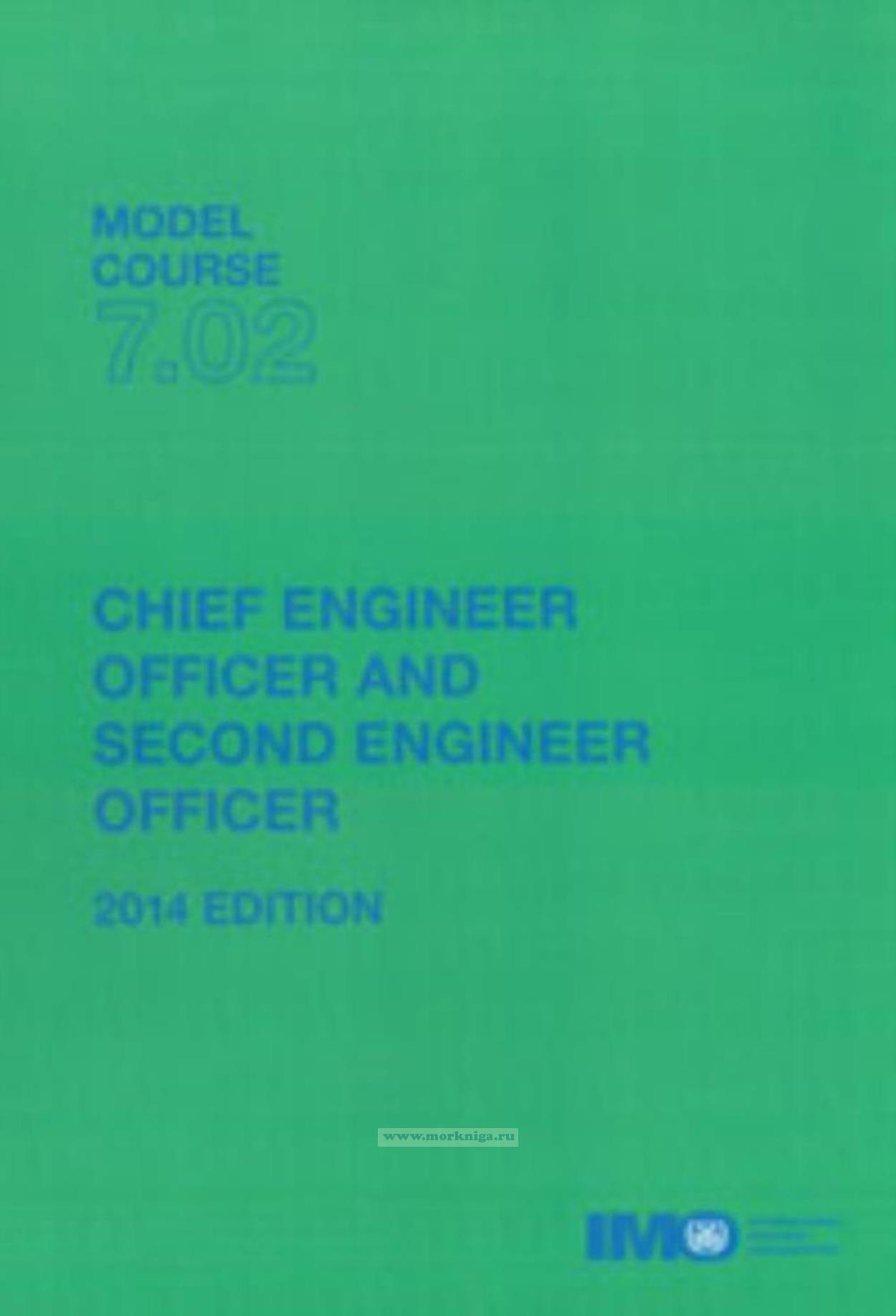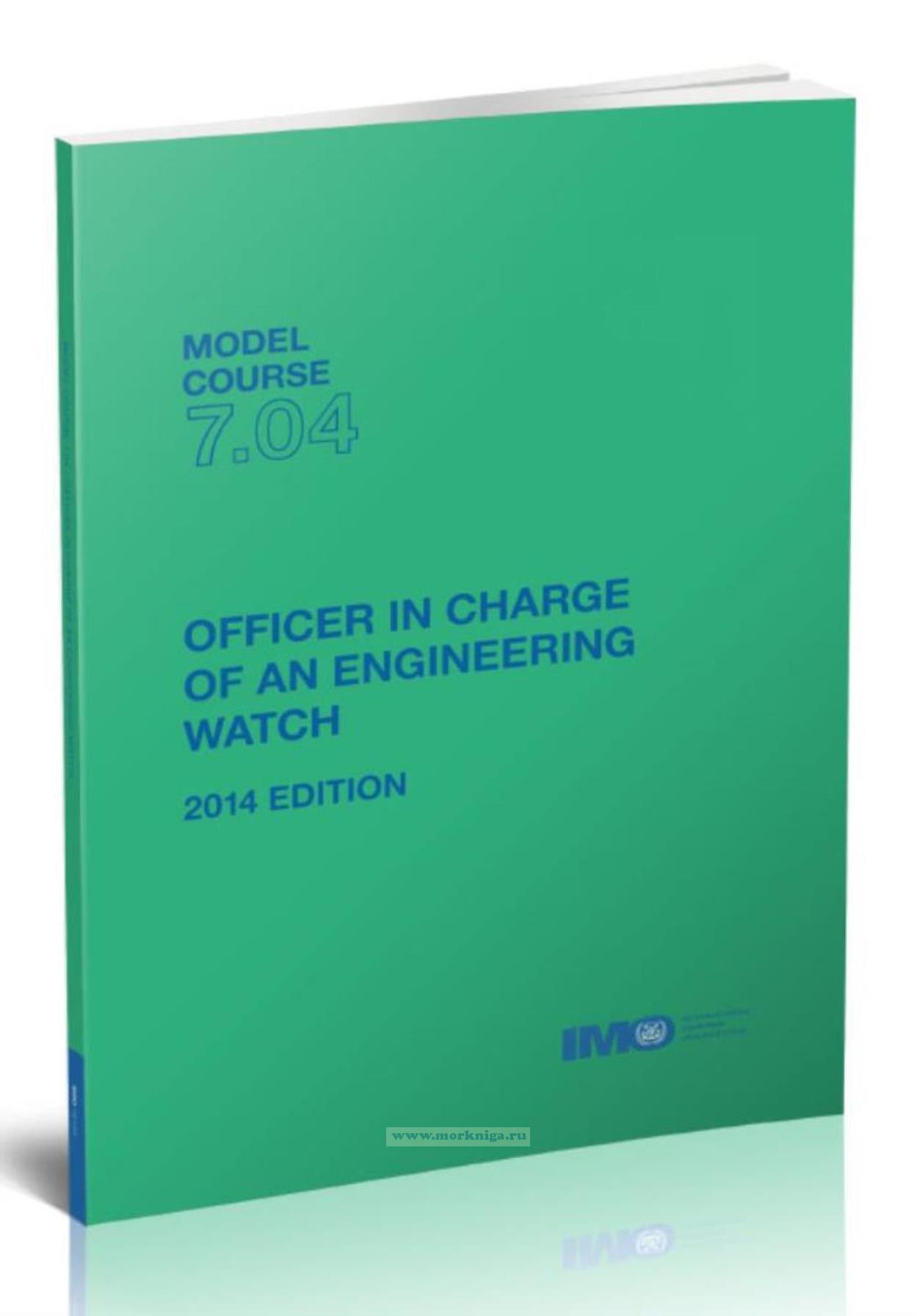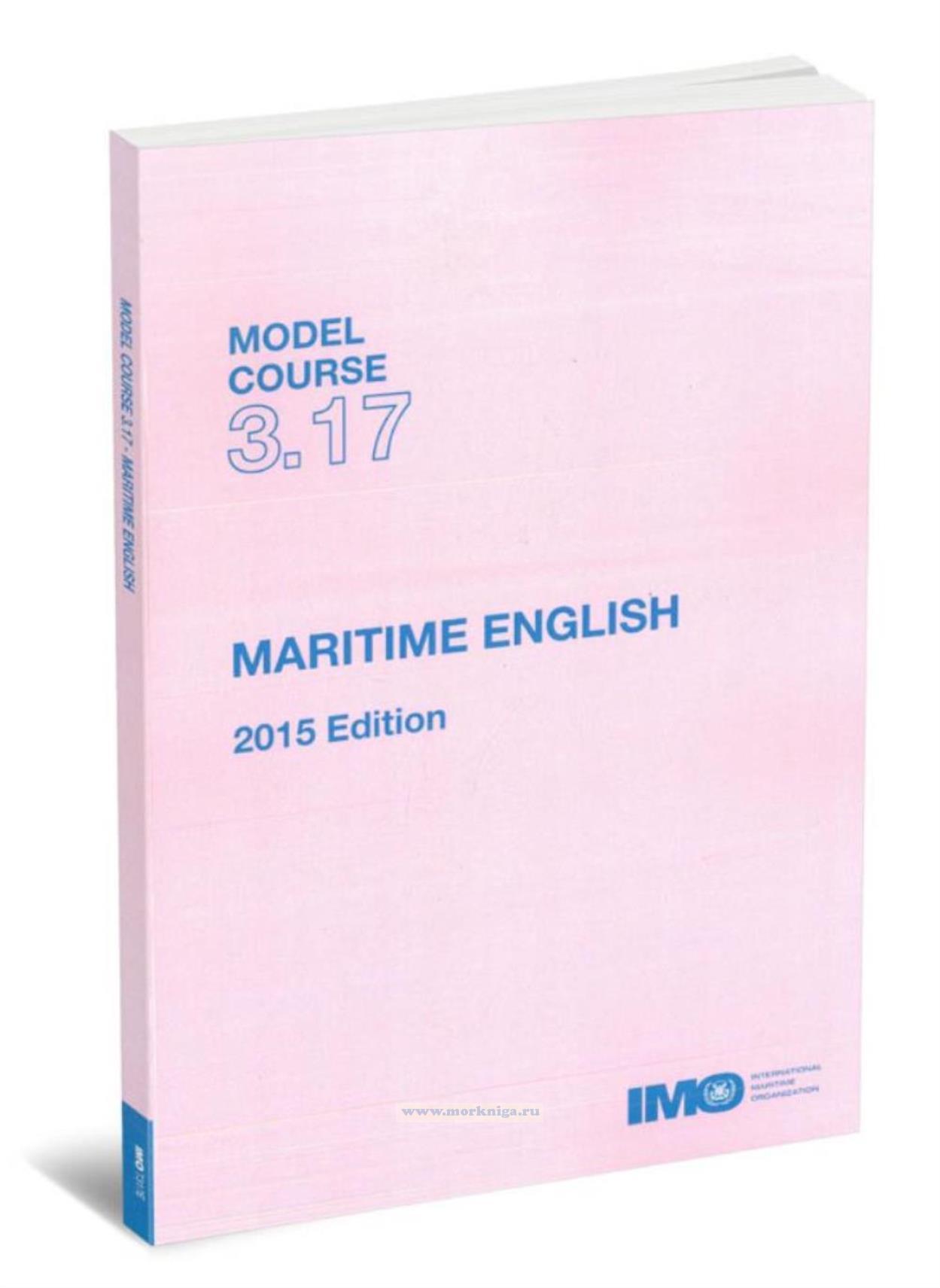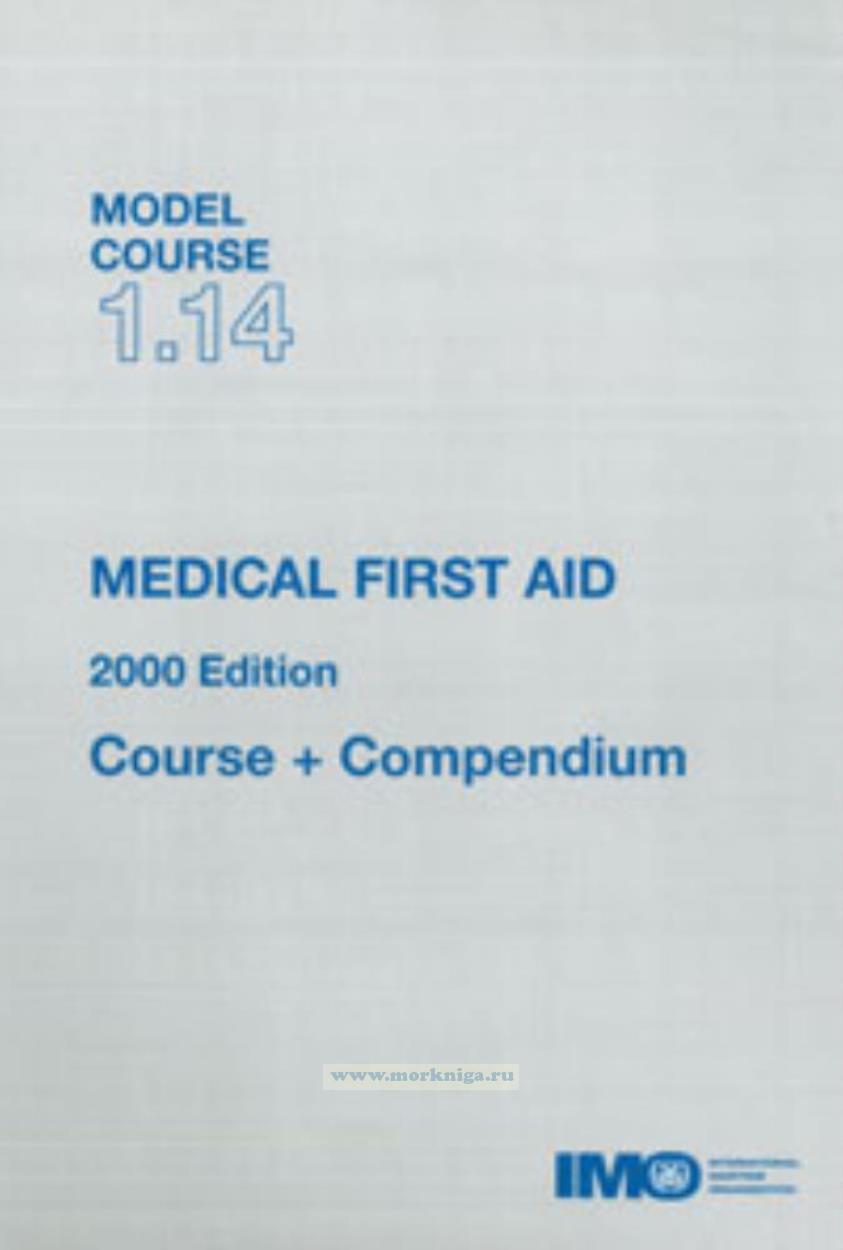Сб с 10 до 16
Chief engineer officer and second engineer officer. Model course 7.02
Since its inception the International Maritime Organization (IMO) has recognized the importance of human resources to the development of the maritime industry and has given the highest priority to assisting developing countries in enhancing their maritime training capabilities through the provision or improvement of maritime training facilities at national and regional levels. IMO has also responded to the needs of developing countries for postgraduate training for senior personnel in administrations, ports, shipping companies and maritime training institutes by establishing the World Maritime University in Malmo, Sweden, in 1983.
Following the adoption of the International Convention on Standards of Training, Certification and Watchkeeping for Seafarers, 1978 (STCW), a number of IMO Member Governments had suggested that IMO should develop model training courses to assist in the implementation of the Convention and in achieving a more rapid transfer of information and skills regarding new developments in maritime technology. IMO training advisers and consultants also subsequently determined from their visits to training establishments in developing countries that the provision of model courses could help instructors improve the quality of their existing courses and enhance their implementation of the associated Conference and IMO Assembly resolutions.
In addition, it was appreciated that a comprehensive set of short model courses in various fields of maritime training would supplement the instruction provided by maritime academies and allow administrators and technical specialists already employed in maritime administrations, ports and shipping companies to improve their knowledge and skills in certain specialized fields. With the generous assistance of the Government of Norway, IMO developed model courses in response to these generally identified needs and now keeps them updated through a regular revision process taking into account any amendments to the requirements prescribed in IMO instruments and any technological developments in the field.
These model courses may be used by any training institution and, when the requisite financing is available, the Organization is prepared to assist developing countries in implementing any course.
Contents
Foreword
Introduction
Purpose of the model courses
Use of the model course
Lesson plans
Presentation
Implementation
Course objective
Entry standards
Course intake limitations
Textbooks, videos and bibliography
Computer applications
Training and the STCW Convention 1978, as amended
Responsibilities of Administrations
Validation
Conventions, Regulations and Legislation
Part A: Course Framework for all functions
Aims
Objective
Function 1
Function 2
Function 3
Function 4
Entry standards
Course certificate
Staff requirements
Teaching facilities and equipment
Teaching aids (A)
IMO/ILO/WHO references (R)
Textbooks (T)
Bibliography (B)
Function 1: Marine Engineering at the Management Level
Part B1: Course Outline
Timetable
Lectures
Course outline
Part C1: Detailed Teaching Syllabus
Introduction
Explanation of information contained in the syllabus tables
Ships with main propulsion plant operated by steam boilers and steam turbines
Part D1: Instructor Manual
1.1 MANAGE THE OPERATION OF PROPULSION PLANT MACHINERY
1.2 PLAN AND SCHEDULE OPERATIONS Theoretical knowledge
1.3 OPERATION, SURVEILLANCE, PERFORMANCE ASSESSMENT AND
MAINTAINING SAFETY OF PROPULSION PLANT AND AUXILIARY MACHINERY Practical knowledge
1.4 MANAGE FUEL, LUBRICATION AND BALLAST OPERATIONS
Function 2: Electrical, Electronic and Control Engineering at the Management Level
Part B2: Course Outline
Part C2: Detailed Teaching Syllabus
Part D2: Instructor Manual
2.1 MANAGE OPERATION OF ELECTRICAL AND ELECTRONIC CONTROL EQUIPMENT Theoretical knowledge
2.2 MANAGE TROUBLESHOOTING AND RESTORATION OF ELECTRICAL AND ELECTRONIC CONTROL EQUIPMENT TO OPERATING CONDITION Practical knowledge
Function 3: Maintenance and Repair at the Management Level
Part B3: Course Outline
Part C3: Detailed Teaching Syllabus
Part D3: Instructor Manual
3.1 MANAGE SAFE AND EFFECTIVE MAINTENANCE AND REPAIR PROCEDURES
3.2 DETECT AND IDENTIFY THE CAUSE OF MACHINERY MALFUNCTIONS AND CORRECT FAULTS Practical knowledge
3.3 ENSURE SAFE WORKING PRACTICES Practical knowledge
Function 4: Controlling the Operation of the Ship and Care for
Persons on Board at the Management Level
Part B4: Course Outline
Part C4: Detailed Teaching Syllabus
Part D4: Instructor Manual
4.1 CONTROL TRIM, STABILITY AND STRESS
4.2 MONITOR AND CONTROL COMPLIANCE WITH LEGISLATIVE REQUIREMENTS AND MEASURES TO ENSURE SAFETY OF LIFE AT SEA AND THE PROTECTION OF THE MARINE ENVIRONMENT
4.3 MAINTAIN SAFETY AND SECURITY OF CREW AND PASSENGERS AND THE OPERATIONAL CONDITION OF SAFETY SYSTEMS
4.4 DEVELOP EMERGENCY AND DAMAGE CONTROL PLANS AND HANDLE EMERGENCY SITUATIONS
4.5 USE OF LEADERSHIP AND MANAGERIAL SKILLS
Appendix 1
Stability Data
Loading Scale
KN Curves
Appendix 2
Trim Table
Part E: Evaluation
Initial/Diagnostic assessment
Formative assessment
Summative assessment
Evaluation for Quality assurance
Assessment Planning
Validity
Reliability
STCW Code
Calculations
Compiling tests
Quality of test items
Advantages and disadvantages of oral and practical tests
Guidance on the implementation of IMO model courses

 Officer in charge of an engineering watch. Model course 7.04
Officer in charge of an engineering watch. Model course 7.04  Maritime english. Model course 3.17
Maritime english. Model course 3.17  Medical first aid. Model course 1.14
Medical first aid. Model course 1.14